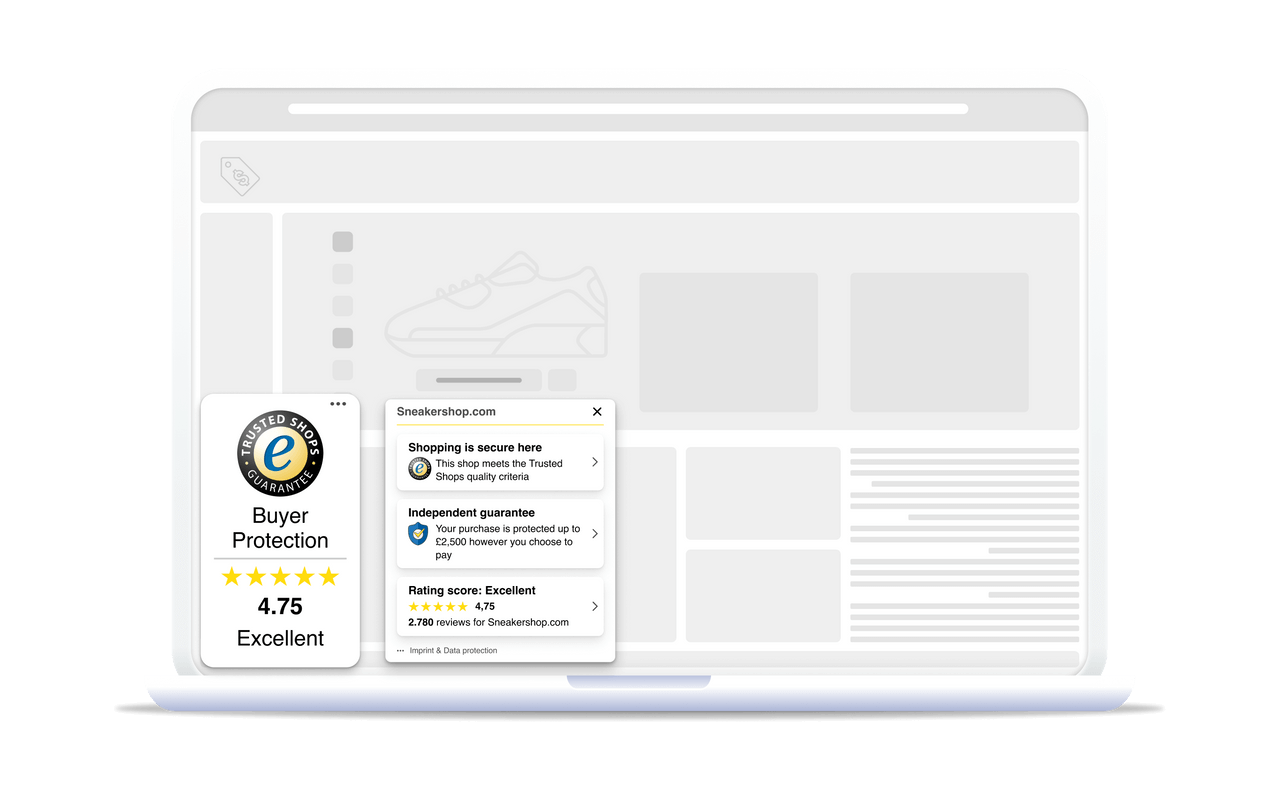4 E-commerce Trends in 2026
What will the biggest e-commerce trends be in 2026? Artificial Intelligence will clearly play a big role. We explore those trends with 4 predictions.

Just like in romantic relationships, despite all the efforts made to maintain the initial spark, sometimes the bond between an online shop and its customers can weaken. Your previous customers might be “leaving you”, but you can get them back!
We’ve all heard that the cost of acquiring new customers exceeds the cost of getting a return customer, but did you know that returning customers spend 67% more than new customers? Keeping your previous customers coming back is an important part of your business strategy!
Here are seven reasons why your customers may leave your online shop and our solutions to retain them!
Online sales have many advantages. Among other things, it allows you to sell across an entire national and international market, facilitates inventory management, and even requires reduced customer service (compared to physical sales).
On the other hand, online sales can be more difficult when it comes to establishing a bond of trust with customers. While in a physical store, human contact is obvious and a vital part of the purchasing decision, it is more difficult to perceive during an online sale.
Your brand does not automatically benefit from the “likeability factor” that only human interactions can generate. This impersonal and anonymous side of online sales can be the reason for the indifference of your customers.

Shutterstock/Pormezz
Now that you have given a human face to your business, are you wondering why your customers don't come back to shop on your site? Trust is something that is built through experiences. In e-commerce, trust is difficult to acquire but easy to lose.
Have you turned a deaf ear when your customer informed you that the product purchased was defective? Is your customer service reachable by email or telephone? Do you react quickly to reviews posted by your customers?

Trusted Shops solutions combine the Trustmark, the 30-day Buyer Protection, and customer reviews in a widget (the Trustbadge) to build trust at first sight.
If your site is poorly designed, unintuitive, or inefficient, your customers may not return.
So here you are; you're a little behind in terms of design and your site doesn't really inspire others to buy. What's more, the ordering process really leaves something to be desired. And last, we haven’t even started talking about your product images, which are lacking and inaccurate.
Harsh, right? Well, you might not have all of these problems, but you certainly might have some.

Shutterstock/Natallia Boroda

Shutterstock/lukas_zb
Deep down, you know your product offering deserves some dusting off. As for your way of communicating, it could be that your brand voice doesn't really correspond to your target audience and is a bit old-fashioned.
Do you tend to stagnate with your ideas and not innovate? To avoid boring your customers and arouse their interest, be at the forefront of trends:
Recommended reading:
Boost Sales with an Influencer Marketing Campaign on Social Media
This is what we all fear in our relationships with others: competition.
In other words, the moment when someone tells you that someone else is better than you. In the world of e-commerce, consumers prefer the competition when they offer better prices and conditions or if they embody values that correspond more closely to their own.
Recommended reading:
What Is Trusted Shops and How Can It Benefit My Business?
Your customer has purchased several times on your site and until then, they’ve been rather satisfied with the quality of the products, the order process, and the responsiveness of your customer support.

Shutterstock/Cast Of Thousands
Even when you delivered their last package a little late, you managed to maintain bonds of trust by regularly sending them news of their order and providing them with a tracking link for their package. You might’ve messed up, but you avoided the dog house.
But last month was their birthday and you forgot it. Not even a quick email to mark the occasion and show them how much you appreciate them.
If you want to build a lasting relationship with your customers, you need to give them good reasons to buy again from your site. Little touches go a long way when it comes to customer loyalty.
Recommended reading:
Personalisation in E‑commerce: Customising the Customer Journey
There’s a thin line between showering your customers with love to build loyalty to your brand and bombarding them with emails and promotional offers. You don't really understand why they are abandoning your site because you are doing everything to satisfy them…
Sometimes, unfortunately, enough is enough: Between unwanted pop-ups on your site, abandoned shopping cart reminder emails, package-tracking emails, retargeting ads on social networks, and offers every week, your customers feel suffocated and may even find it a little suspicious. And how do they react? They ignore your emails, unsubscribe from your newsletter, and do not return to your website. In short, they ghost you.
“And they lived happily ever after…”
Any relationship, if you want to make it long-term, requires investment, a good dose of humility and a lot of creativity. One thing is certain: focusing on the relationship with your customers is a winning strategy in the long term. By focusing on what motivates them and analysing their feedback, you will be able to build a loyal and grateful community around your brand.
This article was translated from our french blog: Pourquoi vos clients vous quittent ? [+solutions]
15/11/23What will the biggest e-commerce trends be in 2026? Artificial Intelligence will clearly play a big role. We explore those trends with 4 predictions.
SEO is an important tool for e-commerce businesses to bring in new customers. Here are the best tips for your online shop to rank higher in Google.